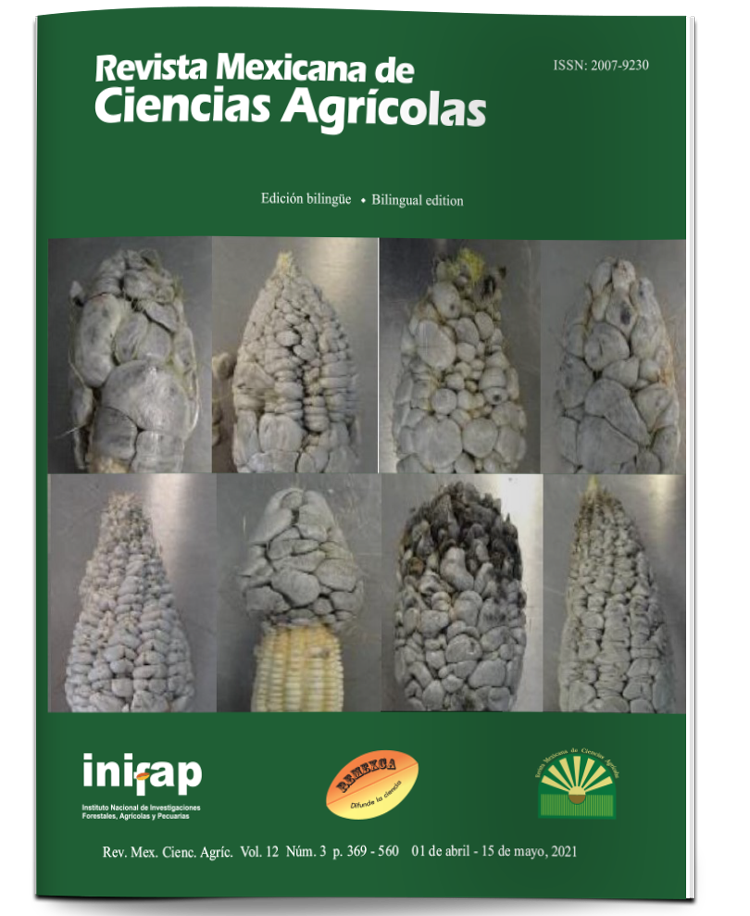Diversification of income from family farming during 2018 in Tehuatzingo, Libres, Puebla
DOI:
https://doi.org/10.29312/remexca.v12i3.2170Keywords:
de-peasantization, diversified income, multiactivityAbstract
Multiactivity is a current phenomenon in rural households. The objective of this work was to analyze the sources of income of peasant families in a subsistence family farming (AF) context due to the importance of meeting food needs first at home. The primary information was obtained by survey (N= 90 and n= 46) through simple random sampling with agricultural producers of maize and pumpkin in the ejido Tehuatzingo, Libres, Puebla. Two management systems were studied: the monoculture system (SMo) and the modified milpa system (SMM). More than 50% of the workforce in the two groups (58% in the SMM and 61% for the SMo) is related to family work. The activity of producers is considered multi-active (more than half of their income is derived from non-agricultural activities), such is the case of SMo producers. The opposite happens with SMM where it is estimated that 46% of its income derives from activities outside the agricultural plot, therefore, it is considered as specialized AF (more than half of its income comes from agricultural activities). It is concluded that the group with the greatest tendency to diversify sources of income is the SMM, as reflected in the Simpson Index where agricultural income is highest as a result of crop diversification and sale. This contrasts with the SMo which obtains higher economic remuneration outside the agricultural plot.
Downloads
Downloads
Published
How to Cite
Issue
Section
License
The authors who publish in Revista Mexicana de Ciencias Agrícolas accept the following conditions:
In accordance with copyright laws, Revista Mexicana de Ciencias Agrícolas recognizes and respects the authors’ moral right and ownership of property rights which will be transferred to the journal for dissemination in open access. Invariably, all the authors have to sign a letter of transfer of property rights and of originality of the article to Instituto Nacional de Investigaciones Forestales, Agrícolas y Pecuarias (INIFAP) [National Institute of Forestry, Agricultural and Livestock Research]. The author(s) must pay a fee for the reception of articles before proceeding to editorial review.
All the texts published by Revista Mexicana de Ciencias Agrícolas —with no exception— are distributed under a Creative Commons License Attribution-NonCommercial 4.0 International (CC BY-NC 4.0), which allows third parties to use the publication as long as the work’s authorship and its first publication in this journal are mentioned.
The author(s) can enter into independent and additional contractual agreements for the nonexclusive distribution of the version of the article published in Revista Mexicana de Ciencias Agrícolas (for example include it into an institutional repository or publish it in a book) as long as it is clearly and explicitly indicated that the work was published for the first time in Revista Mexicana de Ciencias Agrícolas.
For all the above, the authors shall send the Letter-transfer of Property Rights for the first publication duly filled in and signed by the author(s). This form must be sent as a PDF file to: revista_atm@yahoo.com.mx; cienciasagricola@inifap.gob.mx; remexca2017@gmail.
This work is licensed under a Creative Commons Attribution-Noncommercial 4.0 International license.



